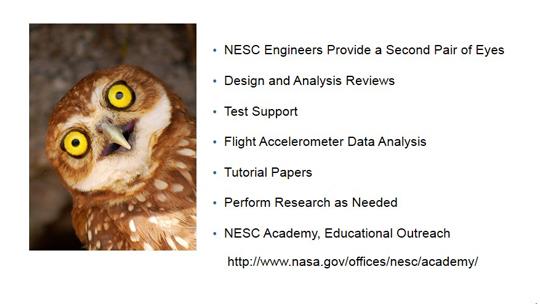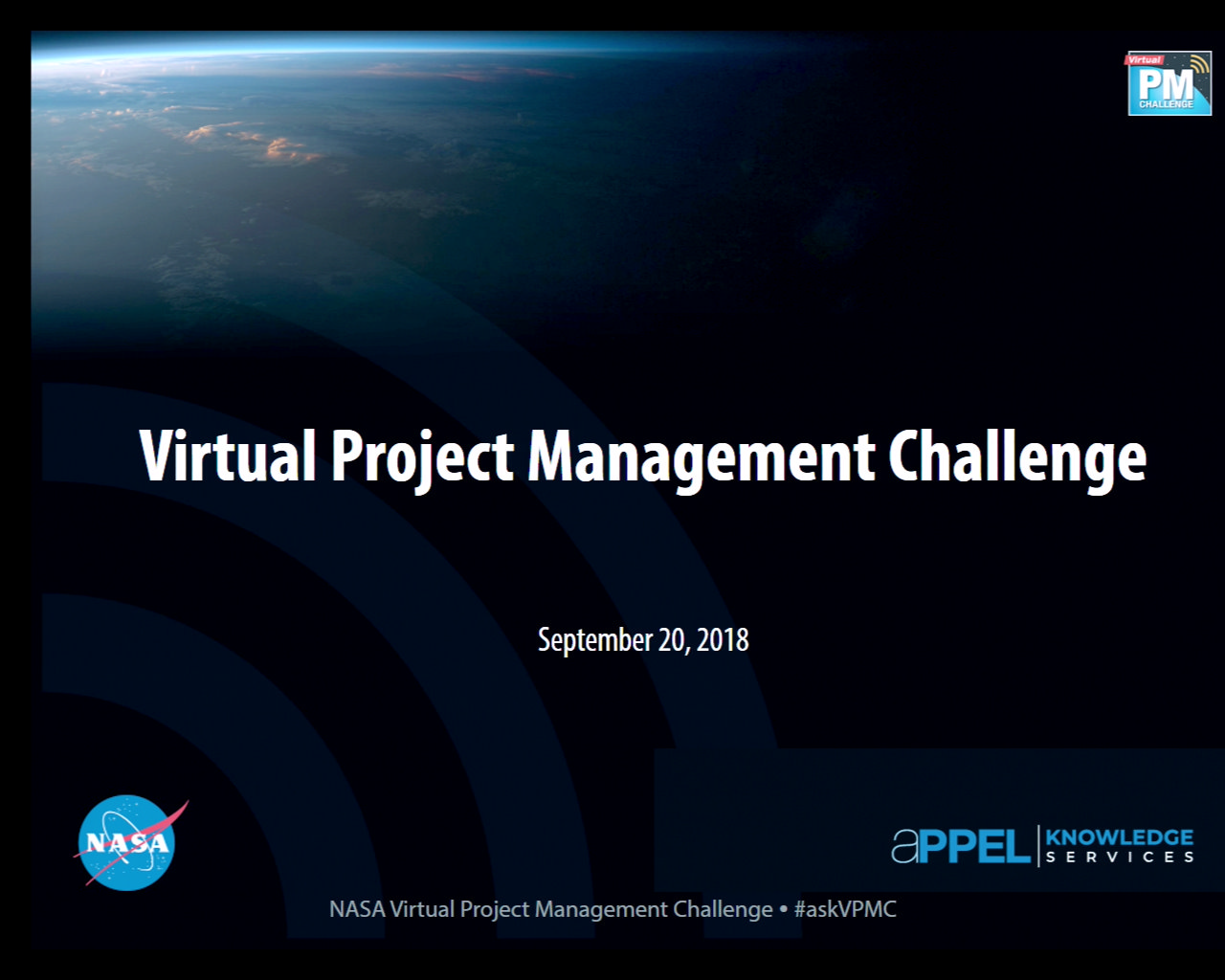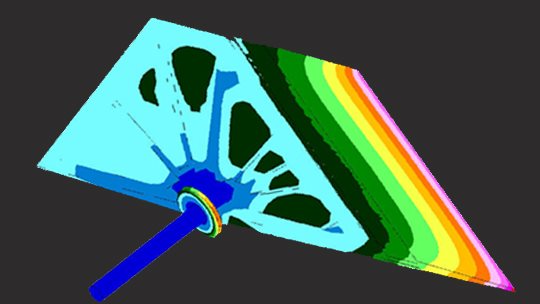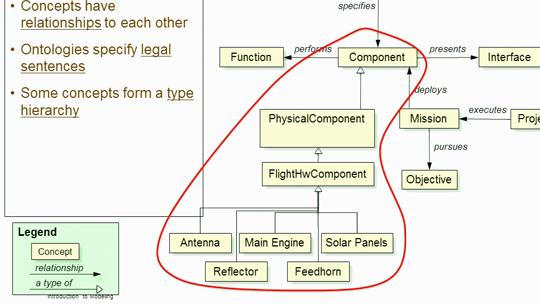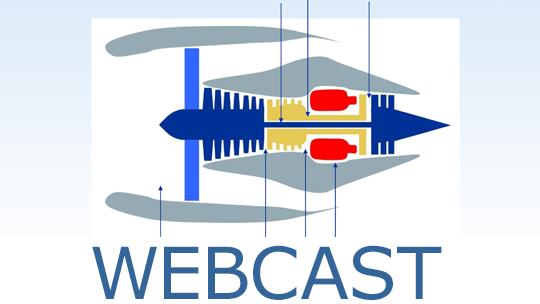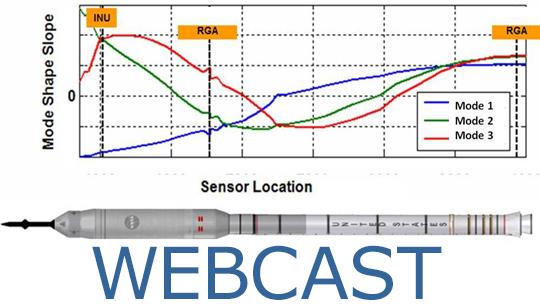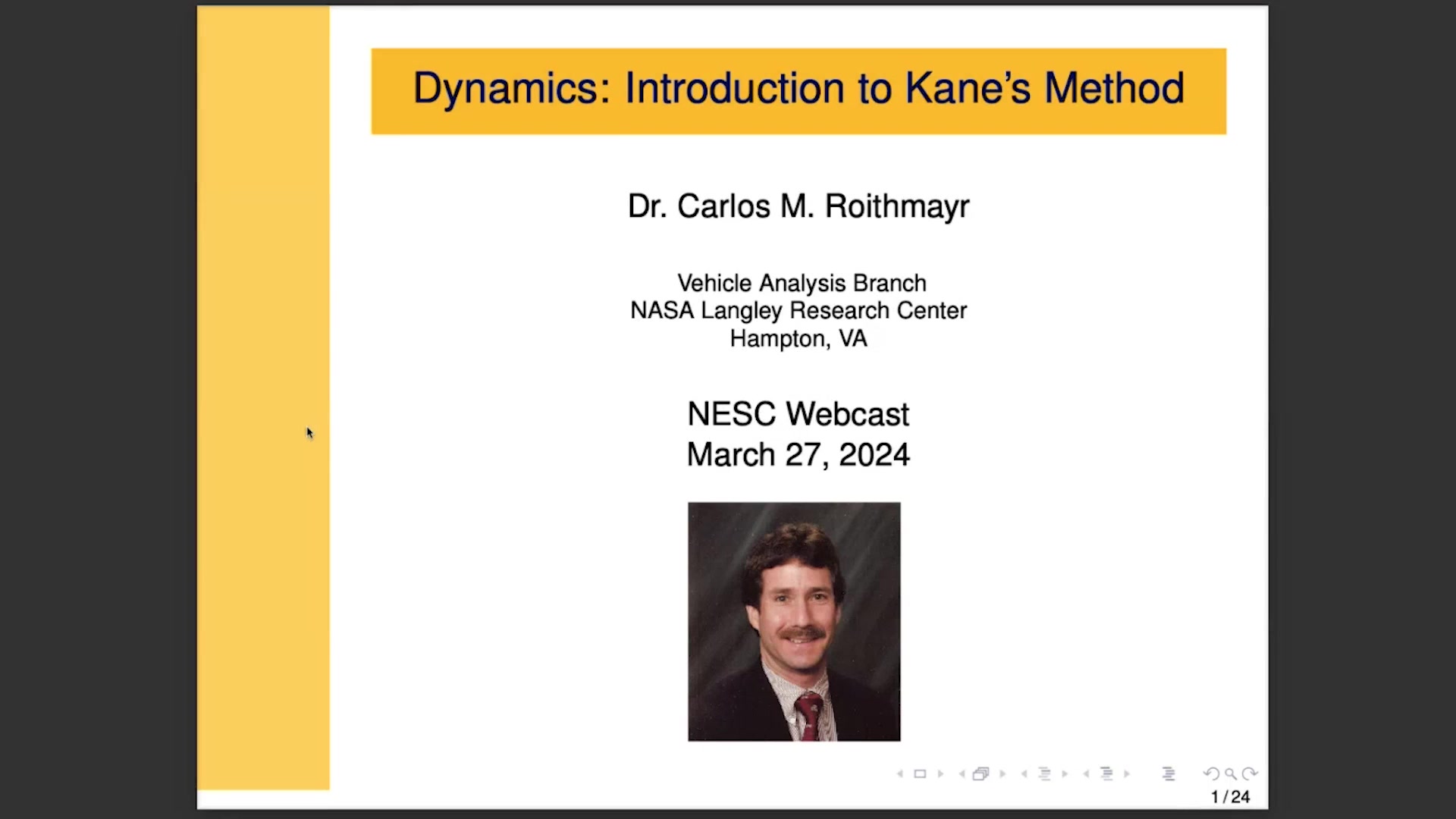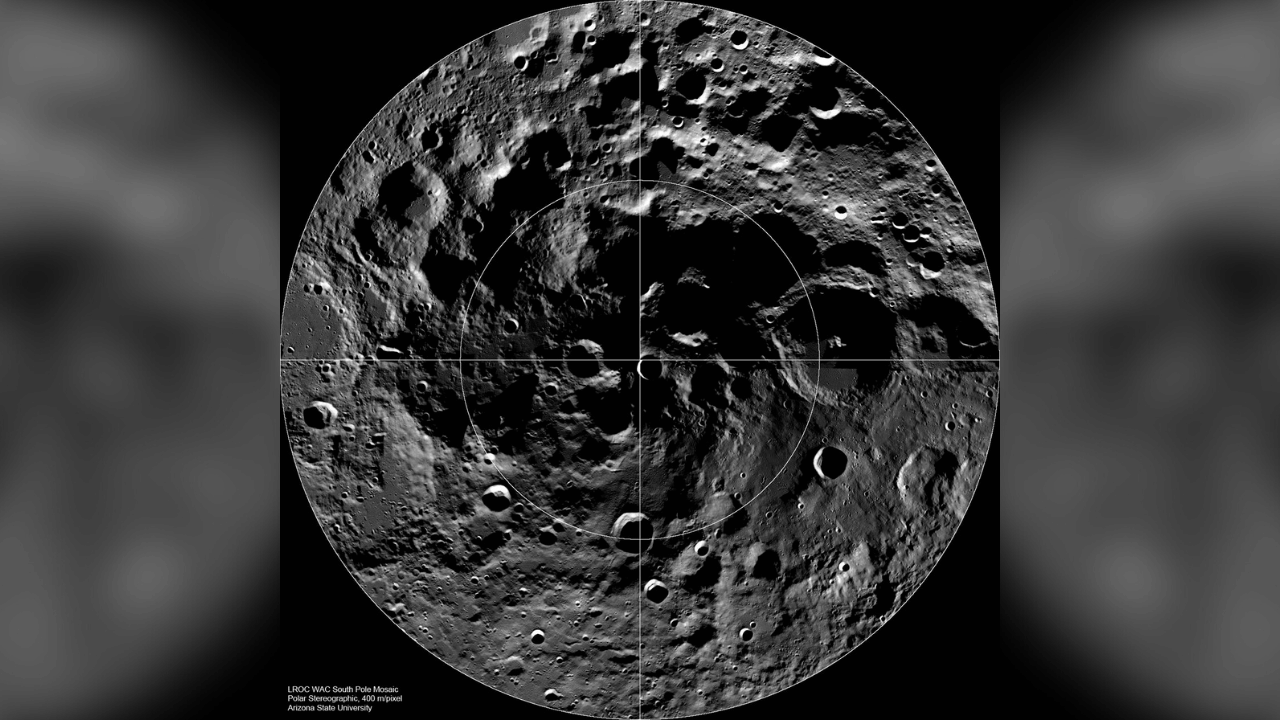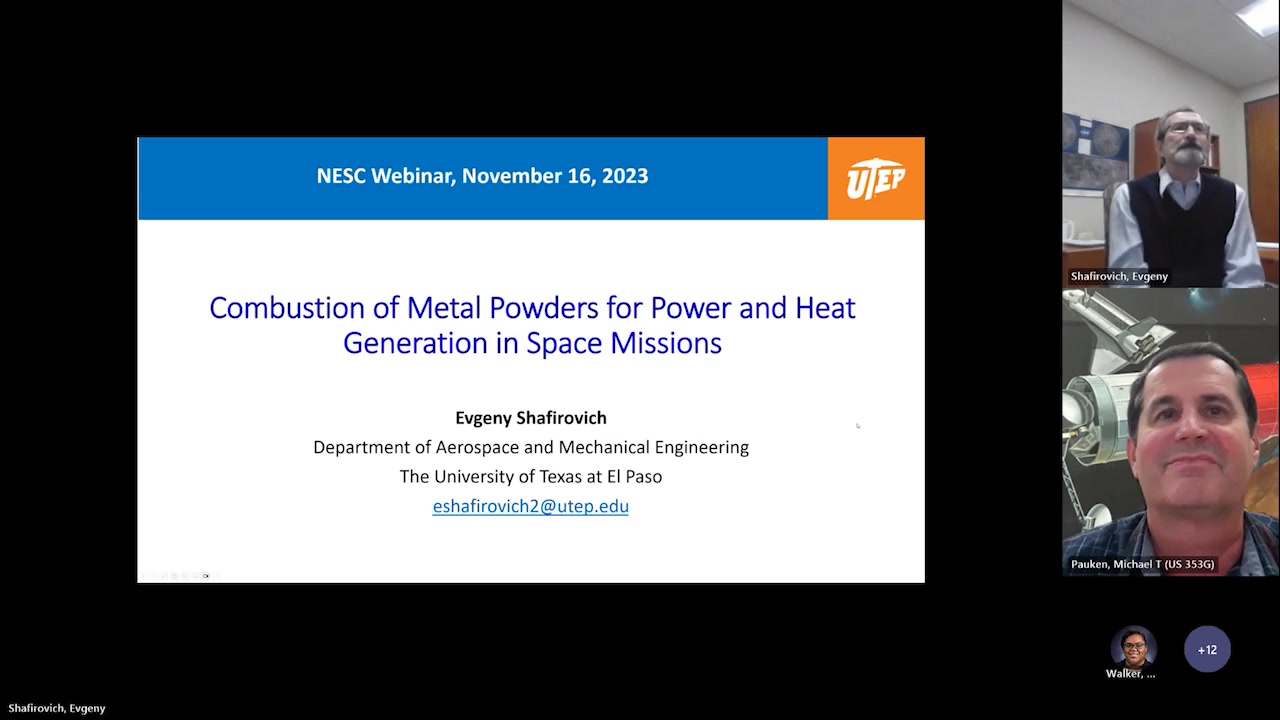Engineering Insight, On-Demand
The NESC Academy presents live and on-demand content from researchers, engineers, and field experts in 19 technical disciplines relevant to the design, development, test, and operation of NASA programs and projects. It hosts more than 800 videos containing interviews, tutorials, lectures, and lessons learned in an engaging format that features side-by-side video and slides, powerful search capabilities, downloadable course materials, and more.
Webcasts
TBD
Checking for webcasts...
Popular View All
Latest View All
Disciplines

Aerosciences
The Aerosciences Discipline encompasses a range of engineering activities associated with the prediction and characterization of atmospheric flight and fluid dynamics. Prediction of aerodynamic and aerothermodynamic performance for aircraft and spacecraft operating in earth and other planetary atmospheres is the primary responsibility of the discipline. This performance includes development of aerodynamic and aerothermodynamic databases for vehicle flight performance simulations, propulsion system operation and interactions with the vehicle, aerodynamic heating due to high speed flight and jet and rocket plume impingement, aerodynamic loads transmitted to structures, aeroacoustic loads transmitted to structures and other subsystems, and aero/structural and aero/controls interactions.

Avionics
These training modules were compiled by the Avionics Technical Discipline Team (TDT). The Avionics discipline covers a wide variety of electrical and electronic sub-disciplines, including but not limited to command and data handling systems; communication and tracking systems; guidance and navigation hardware; ground and flight instrumentation, as well as science instruments; data networks; avionics systems engineering; avionics hardware integration and testing; avionics electrical ground support equipment; electronics packaging and assembly; electrical, electronic and electromechanical parts, including radiation effects; failure mode and effects, reliability, and robustness analysis.

Cryogenics
Welcome to the Cryogenics lesson catalog.

Electrical Power
These training modules were compiled by the Electrical Power Technical Discipline Team (TDT). The Electrical Power community covers a wide range of disciplines including but not limited to Energy Conversion, Energy Storage, Power Electronics and Power Management & Distribution.

Environmental Control/Life Support
The goal of this catalog is to present detailed case studies from the career experiences of the Environmental Control/Life Support Technical Discipline Team. We will provide experiences and lessons learned involving life support systems to a new generation of NASA engineers and scientists, designated contractors, university professors, and graduate students in engineering programs. Courses in this discipline will cover many areas including; atmospheric revitalization, active thermal control, supply and wastewater, smoke detection and fire suppression, crew escape, galley/food,and waste management.

Flight Mechanics
These training modules were compiled by the Flight Mechanics Technical Discipline Team (TDT), which encompasses expertise in the areas of atmosphere definition and measurement (earth and planetary); trajectory design and analysis (ascent/entry in the atmosphere, mission design); modeling for simulation; flight mechanics simulation and analysis (including Monte Carlo methods); flight measurement techniques; flight testing (flight mechanics and performance verification); stability and control; handling qualities; system identification (sometimes called parameter identification); entry/descent/landing (EDL), aerocapture, aerobraking; parachute/decelerator systems; and orbital entry and debris analysis.

Guidance Navigation & Control
These training modules were compiled by the GN&C Technical Discipline Team (TDT). The GN&C discipline focuses on determining, guiding, and controlling the dynamic state of a vehicle to enable robotic and human space exploration.
The GN&C community also offers regular webcasts led by subject matter experts, held the third Wednesday of every other month at 2 pm Eastern. If you are interested in viewing the session abstracts or attending the next webcast, please register in advance in the NASA GN&C Community of Practice. Visit the GN&C Webcast Series page to view previously held webcasts.

Human Factors
These training modules were compiled by the Human Factors Discipline Team (TDT). The discipline of Human Factors advances human-centered design and operations of complex aerospace systems through analysis, experimentation, and modeling of human capability and performance. Practice of the Human Factors discipline has made dramatic improvements in safety, efficiency, and mission success.

Loads and Dynamics
Loads and structural dynamics is a specialty branch of structural and mechanical engineering that deals with the determination of the vibration response of a structure subjected to dynamic (time varying) forces in its operational environment. In aerospace applications dynamic loads include applied forces such as wind forces, mechanical and pyrotechnic shock, acoustic pressures, engine or rocket thrust, plume impingement forces, aerodynamic fluctuating pressures, control system forces, and contact forces. In dynamic analysis the structural response may be determined as the frequencies and mode shapes of vibration, and the time histories or frequency response spectra of displacement, velocity, acceleration, internal force, or stress. Dynamic analysis can be performed by classical methods (closed-form solutions or formulae, and hand calculations) or by a number of modern numerical methods such as Finite Element Analysis (FEA), Boundary Element Analysis (BEA), and Statistical Energy Analysis (SEA). The magnitude of the responses of concern may span from millions of pounds as in a launch vehicle internal load to micro-g''s as in an on-orbit experiment vibration environment.

Materials
The Materials Technical Discipline Team (TDT) provides technical expertise for the resolution of Agency-wide issues related to materials and processes.

Mechanical Systems
These training modules were compiled by the Mechanical Systems Technical Discipline Team (TDT) which retains expertise to solve a wide variety of problems across the agency. These include Bearing Systems and Tribology (including lubrication science); Gear and Transmission Systems; Deployment Systems for antennae, solar arrays, instruments and other mission specific hardware (including pyrotechnic systems for deployments); Spacecraft and Instrument Mechanisms including motors, actuators, scan mechanisms, and instrument level deployables; Kinematic and Structure Analyses for Mechanica Systems; EVA Mechanisms; Cryogenic Mechanisms; Test capabilities for the span of NASA Mission Mechanical Systems

Nondestructive Evaluation (NDE)
Nondestructive Evaluation (NDE) techniques are a variety of measurement techniques used to gain information about a material or structure without damaging it. Some commonly used NDE techniques include ultrasonic testing, radiographic inspection, and eddy current testing. NDE techniques can be used to measure material properties such as conductivity and elastic stiffness, assess dimensions and structural configuration, and to detect indications of damage such as cracks and disbonds. Since the component being inspected is not damaged, it can then be used in its intended application. NDE techniques can be used at a variety of points during a components manufacture and lifetime to include screening of initial raw materials, inspection of machined and assembled components, and after intervals of usage. Some NDE methods can also be used for real time, in-situ Structural Health Monitoring (SHM) of components.

Propulsion
Welcome to the NESC's Propulsion training video catalog.
NASA utilizes a broad range of propulsion system types, most common being solid and liquid chemical propulsion and electric propulsion. NASA also does research into airbreathing and advanced (non-chemical) propulson. This catalog contains training videos developed by NASA's Propulsion Technical Discipline Team (TDT). These training modules provide lessons learned and perspectives in propulsion engineering.
We will continue to add to this content and welcome your suggestions for additions (email larc-dl-support-nescacademy@mail.nasa.gov).

Sensors & Instrumentation
These training modules were compiled by the Sensors & Instrumentation Technical Discipline Team (TDT).

Software
Welcome to the NESC Academy Software Discipline catalog. Software Engineering is a core capability and a key enabling technology for NASA's missions and supporting infrastructure. Topics include software requirements, design, implementation, architecture, assurance, testing, training, tools, process improvement, best practices, software release, models and simulations, and software research and technology innovation.

Space Environments
The Space Environments catalog features lessons covering all aspects of the causes, mitigations, and effects of space radiation as a natural environmental effect. Examples of relevant disciplines include (but are not limited to): radiation effects on humans; understanding, modeling, and forecasting the space environment and radiation [space weather]; space environments and radiation effects on components [e.g., design, shielding, operation]; and space environments and radiation effects on space vehicle systems [e.g., avionics, navigation, communications].

Structures
This catalog contains training modules developed by the NESC Structures Technical Discipline Team (TDT). Aerospace structures are lightweight, they house all flight systems and payloads, and they must withstand all mission loads and environments. The structures discipline strives to meet often contradictory mission requirements by performing trade and sensitivity studies using various sub-disciplines - structural mechanics, structural design and sizing, structural testing, computational mechanics, damage and failure prediction, and interdisciplinary analyses. The modules in this catalog capture lessons learned, perspectives, advice, and experiences of the various members of the structures TDT.

Systems Engineering
The Systems Engineering discipline provides a broad systems perspective to complement other discipline expertise. Systems engineers look across components, concerning themselves with interface management, system interactions, and overall system integration. Systems engineers are sensitive to emergent behaviors not apparent at the component level. Systems engineering at the NESC encompasses systems analysis; engineering statistics; data mining and trending; systems design and integration; technical risk management; standards and requirements; and verification, validation and testing.

Thermal Control and Protection
Thermal control and protection aims to maintain vehicle and component temperatures within acceptable limits. Thermal control is a broad discipline including internal and external systems, component and integrated thermal model development and analysis and correlation, attitude timeline analysis, and purge, vent, and drain analysis for vehicle cavities and compartments, thermal-vacuum testing. Thermal protection focuses on reusable high temperature thermal protection insulations such as tiles and high temperature blankets, the thermal aspects of hot structure, seals and barriers, ablative materials, thermo-mechanical analysis for induced stress, and arc jet and radiant heat testing.
/

